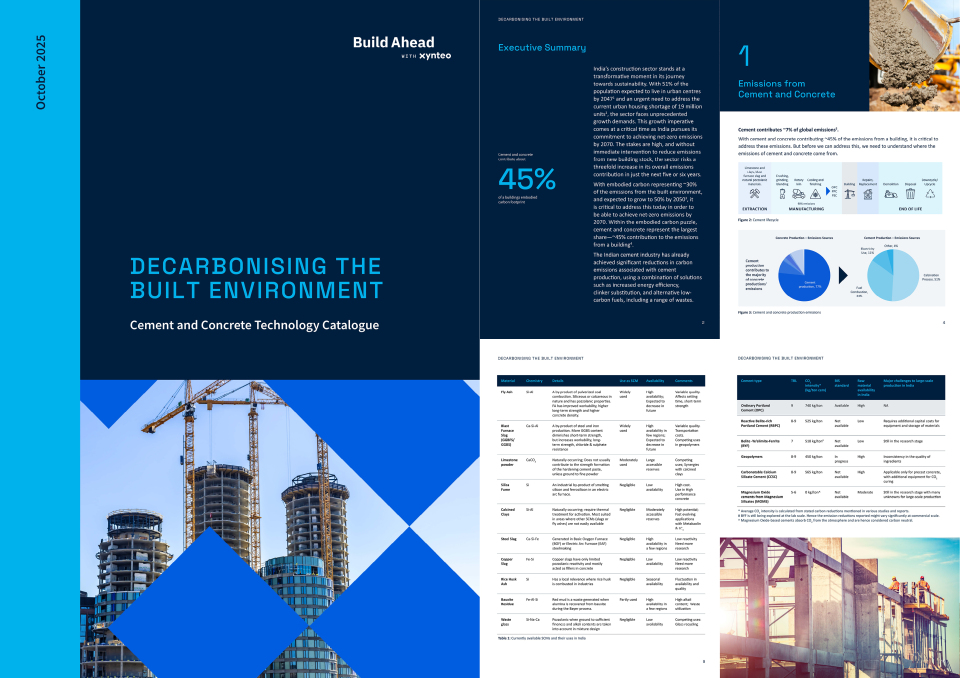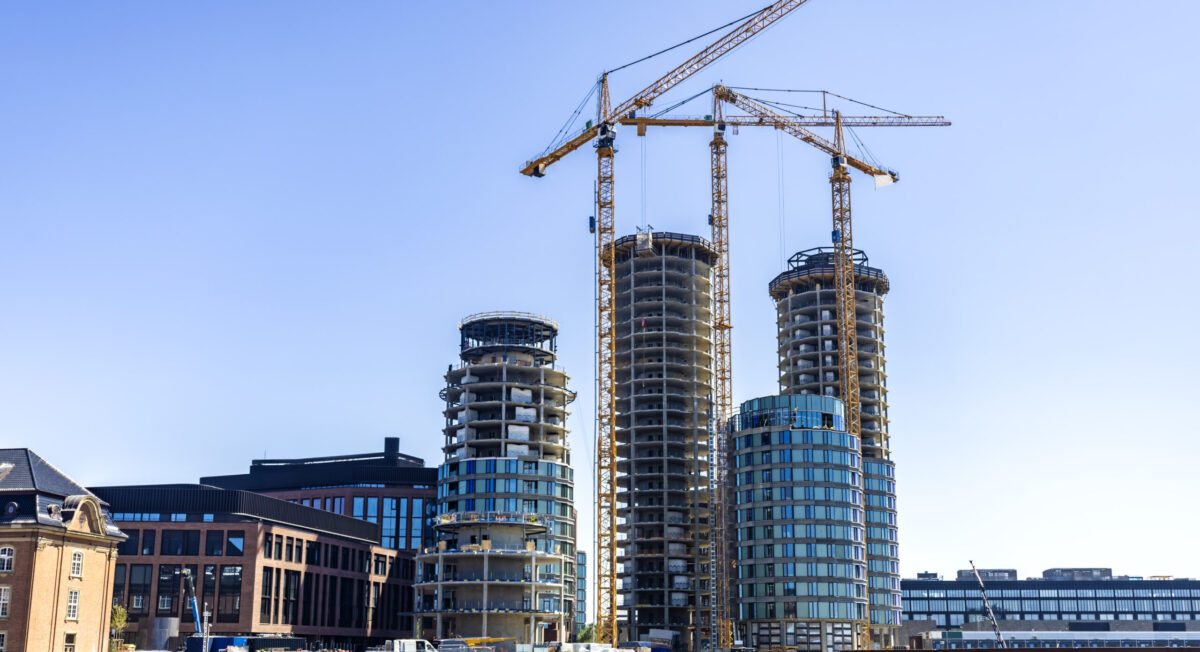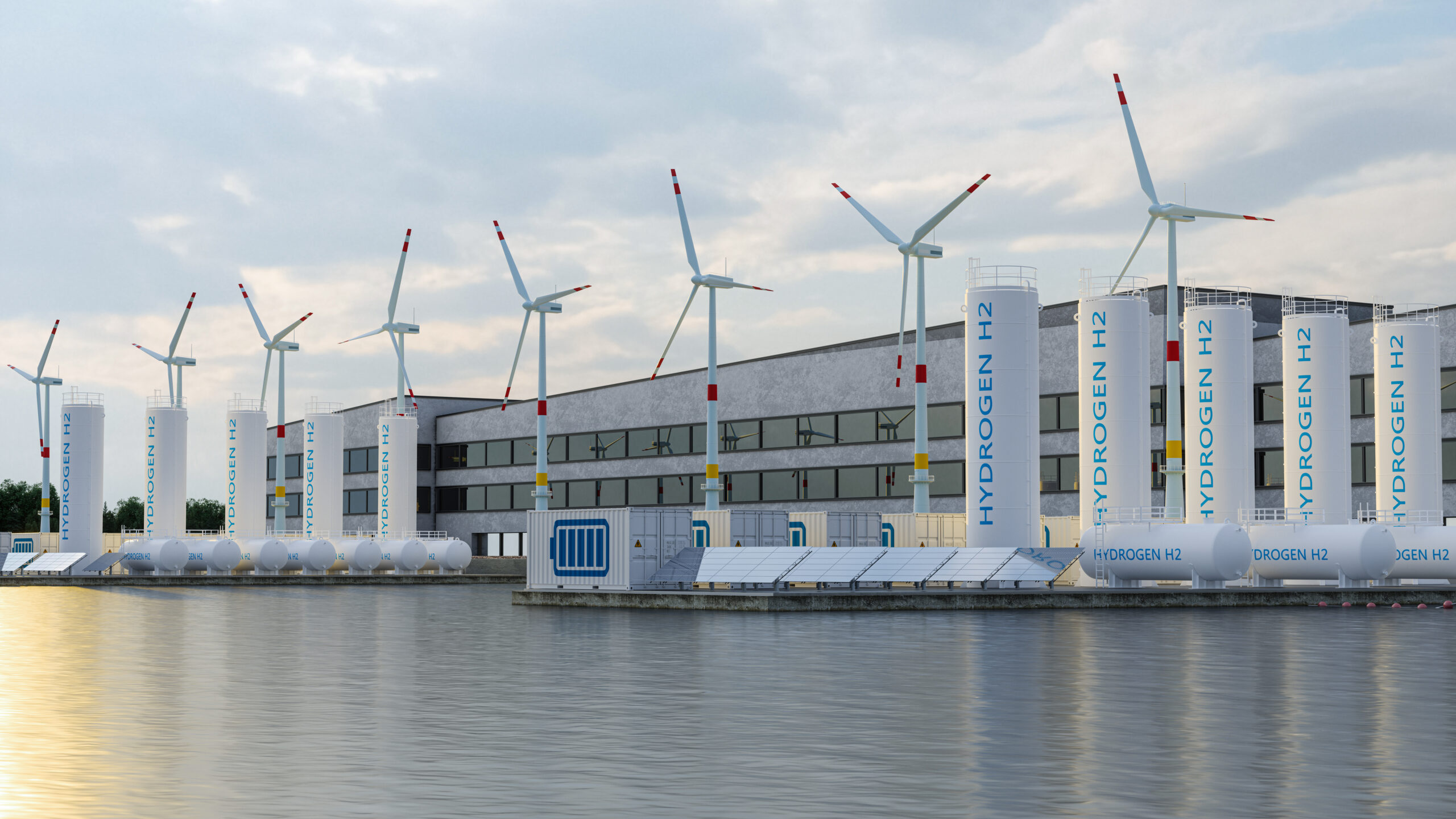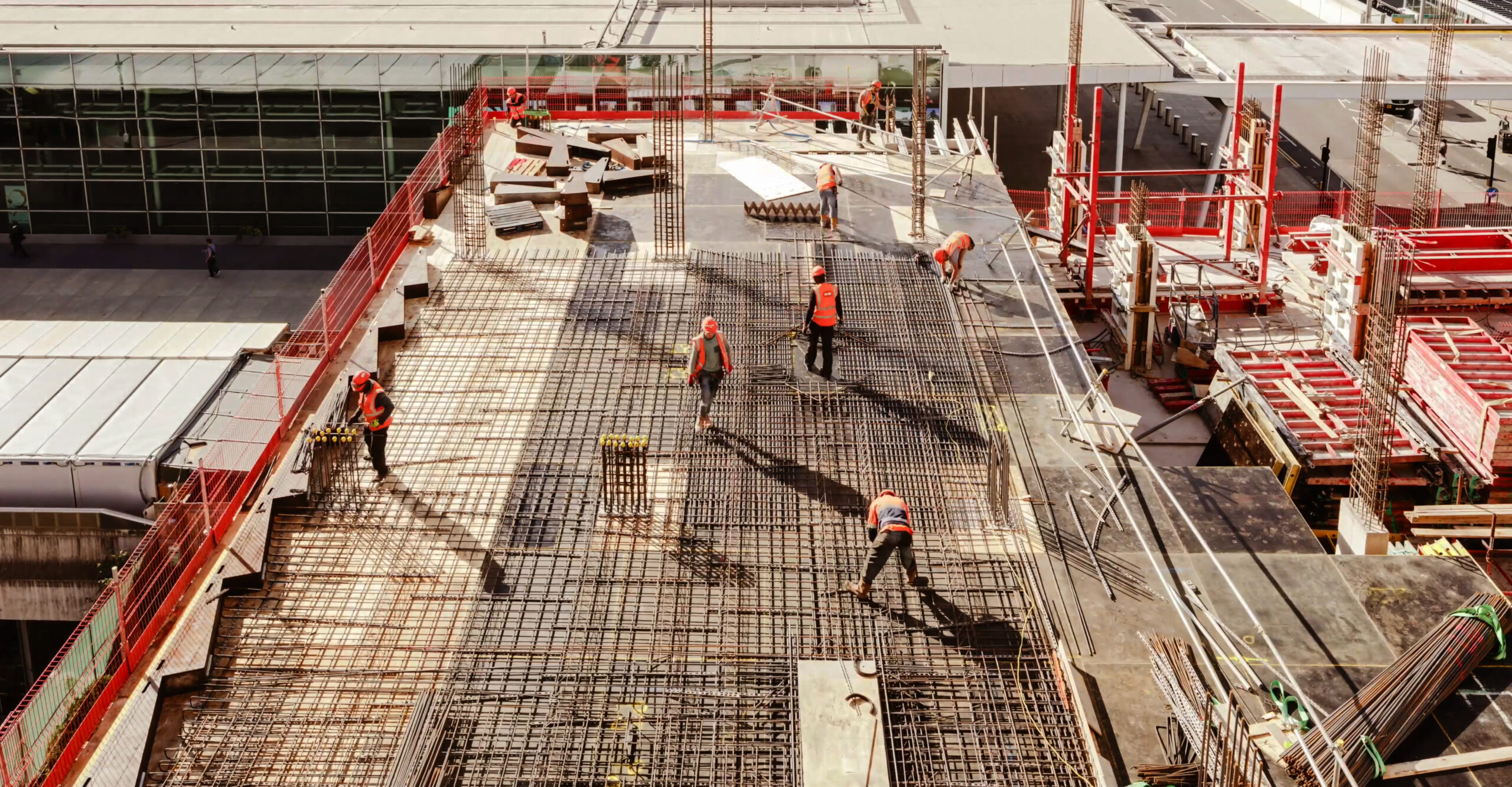India is entering one of the largest construction cycles in history—amid intensifying climate risks and a fast-approaching net-zero horizon. With embodied carbon already accounting for around 30% of built environment emissions—and set to reach 50% by 2050—there’s an urgent need to decarbonise the materials that shape our cities.
Cement and concrete alone contribute roughly 45% of a building’s embodied carbon. Without decisive action, growth in demand will lock in high-emissions pathways for decades.
This catalogue provides developers, manufacturers, policymakers, and the wider construction ecosystem with a practical view of proven and emerging low-carbon cement pathways—helping stakeholders accelerate adoption today while building towards breakthrough solutions tomorrow.
This catalogue covers:
- Where emissions come from across the cement and concrete lifecycle—and why clinker is the core challenge
- Material-level solutions you can deploy now and in the medium term: clinker substitution and clinker replacement
- Practical profiles of leading technologies, including PPC, PSC, PLC, Composite cements, LC3, geopolymers, CCSC, RBPC/BYF, and MgO-based cements
- Comparative analyses across CO₂ reduction potential, TRL, performance, and cost economics—so teams can make informed procurement and design choices
This catalogue aims to equip cement and concrete manufacturers, real estate developers, standards bodies, and policymakers with actionable pathways to reduce embodied carbon at speed and scale—driving measurable impact while maintaining performance, durability, and cost-effectiveness.
Suman Jagdev
Partner, Xynteo; Programme Director, Build Ahead India
Shrikant Budholia
Manager
Smriti Viswesvaran
Consultant




